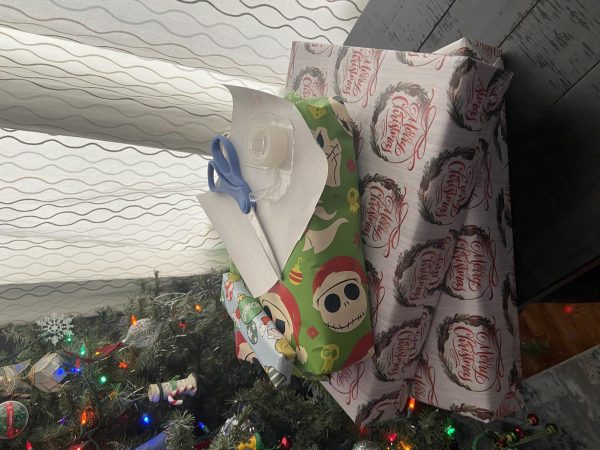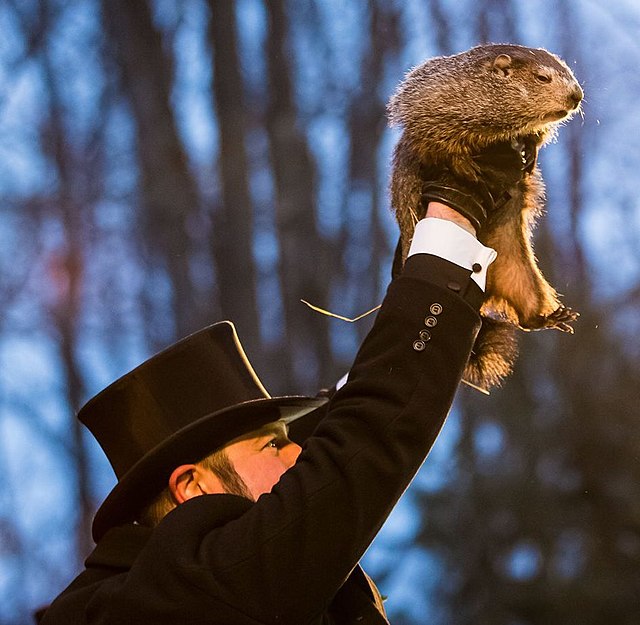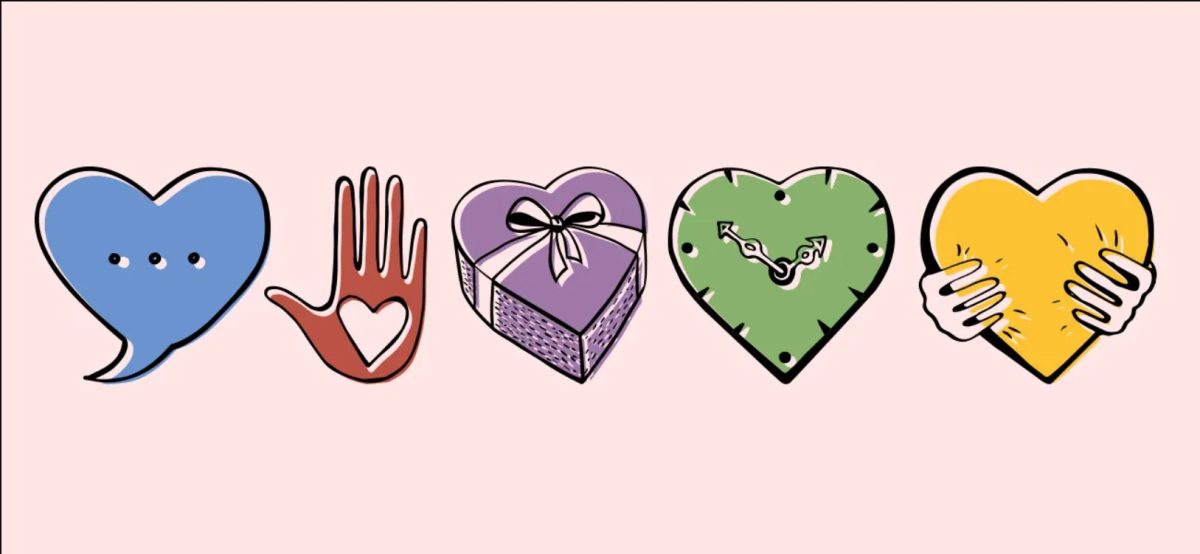Setting up the Christmas tree every year is a tradition that many families cherish. However, with the amount of trees sacrificed annually for paper products, this tradition could be lost.
During the winter season holidays, there’s a noticeable increase in overall manmade waste. These festivities contribute to a negative environmental impact.
The notable types of waste from the season include many different aspects of each holiday. From the elaborate dinners to the gift exchanges, the holidays come and go with many store-bought goods thrown away.
Stanford University’s Waste Reduction, Recycling, Composting and Solid Waste Program reported that household waste increases by over 25 percent between the Thanksgiving and New Year’s holidays. Food, gift packaging, gifts themselves and decorative pieces contribute another million tons of garbage.
The types of trash and the amounts of each kind vary depending on the holiday. For example, the iconic Christmas wrapping paper used in gift exchanges results in excessive waste. paper.According to the Clean Air Partnership, about 8,000 tons of wrapping paper, equal to about 50,000 trees, is used for gifts annually.
“Roughly every holiday we wrap around upwards to maybe 40 to 50 presents,” freshman Ana Allen said. “10 for each kid or so, and a couple for our parents.”
In an interview with ABC News, Kate White, a senior associate dean of equity, diversity, inclusion and sustainability at the University of British Columbia, said gifts are the cause of the most holiday waste.
“Maybe some of them are not necessarily wanted,” White said. “And so a lot of stuff ends up in the landfill.”
With the amount of new gifts exchanged each year, many people end up tossing older items.
“I’ve definitely had to throw out a lot of old clothing and toys I’ve gotten in the past,” senior Abby Nelson said. “I mostly outgrew the gifts that were given to me.”
Though the holidays should focus on values and celebration, materialism is the main culprit for the waste issues. This mindset in holiday shoppers could be distracting from the values of the holidays.
“I think that gifts tend to overshadow the meaning of the holidays a bit,” senior Katia Ortiz said. “The holidays are about togetherness with the people you’re closest with, and while I think giving gifts is a wonderful way of expressing that love, the holidays mean so much more than the materialistic habits we attach to them.”
In the newer age of online shopping and fast fashion, it’s easier than ever for holiday shoppers to buy during the holiday season.
According to Adobe Analytics, this year’s Black Friday generated $9.8 billion in U.S online sales, which is 7.5 percent increase from 2022.
Each one of those purchased items generates waste from cardboard shipping boxes, packing materials like bubble wrap or packing peanuts as well as the product’s original wrapping.
Some consumers try to be more mindful around the holidays by recycling and borrowing items they gift or use to decorate and utilize second-hand stores for their shopping list.
“I absolutely think secondhand shopping can be helpful around the holidays, and it definitely helps that thrifting has become more popular.” Ortiz said. “It reduces your ecological footprint, which is great.”






